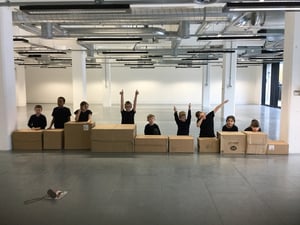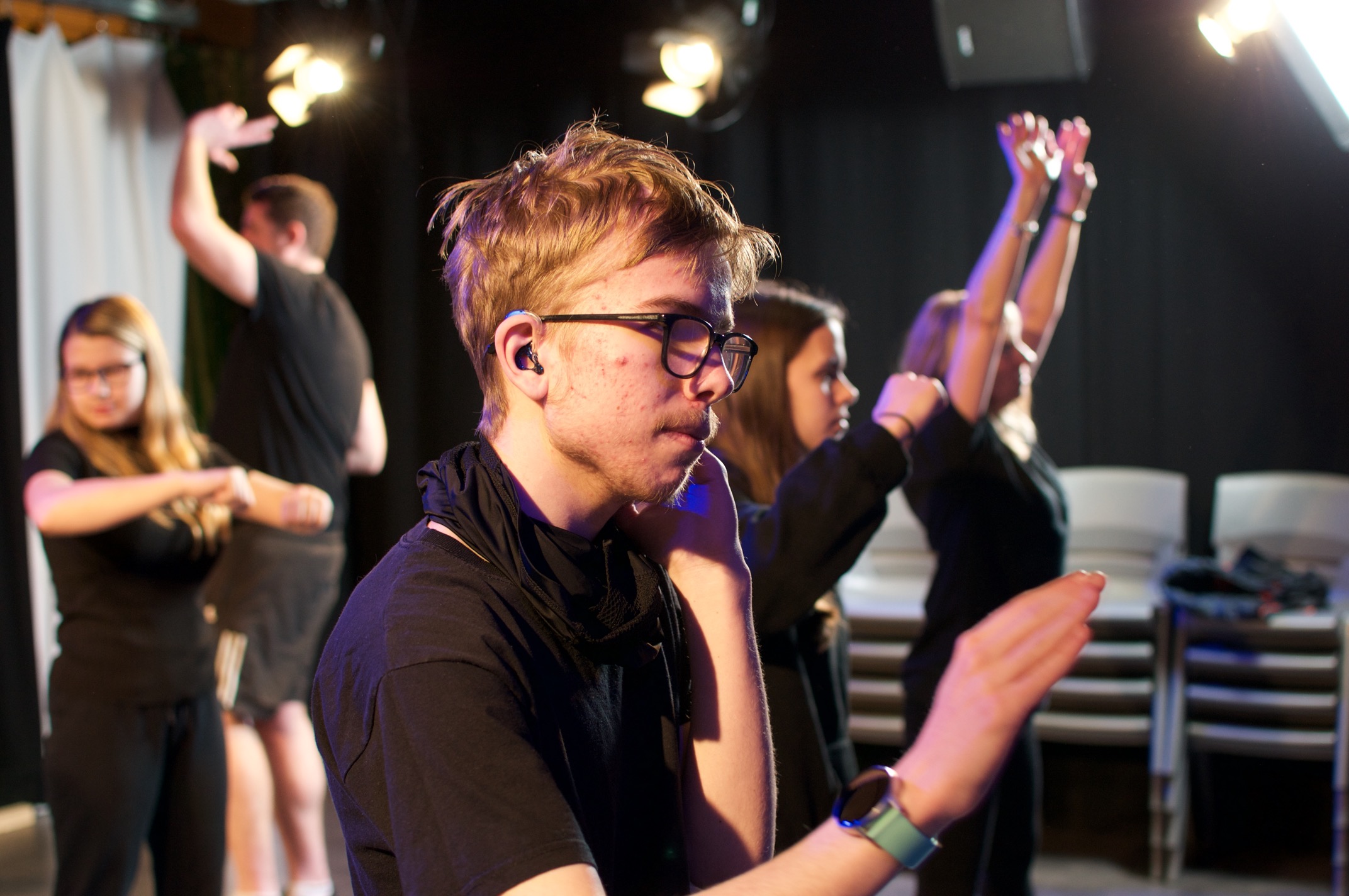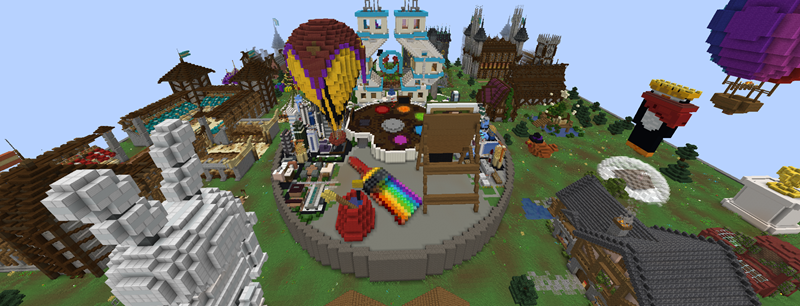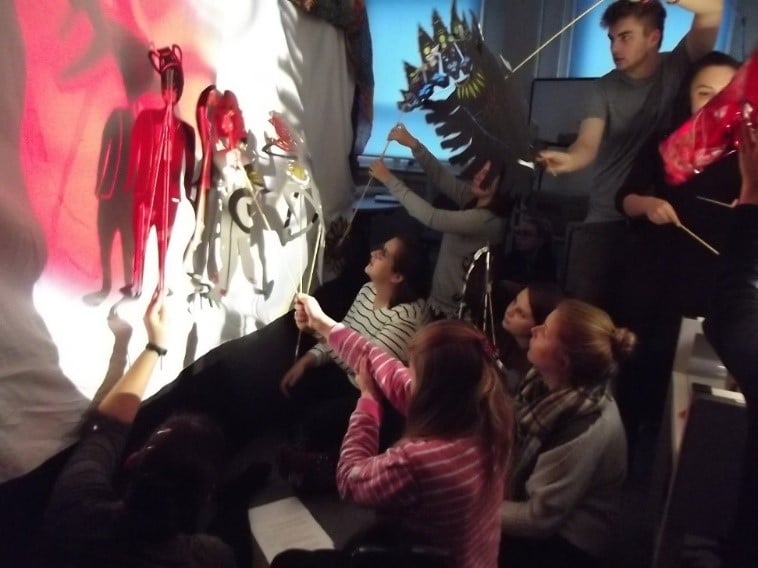
Evidencing the Explore journey
BY: Alan Lynch
10 Sep 2018
During this time of year, a lot of Arts Award advisers think about their upcoming delivery and how they might approach it. Because we’re often asked about collecting evidence for Explore, we’re offering support with planning by taking a closer look at what’s needed for each part.
Part A: Inspire
Part A is focused on young people learning about the arts through doing - it’s where they get to try out different things and collect evidence of their taking part rather than focusing on the result. It’s interesting to note that in Part A, there’s no requirement for young people to complete anything, provided they’ve had opportunities to participate in arts activities and have a personal response to them.
 Images of the activities are a common way of capturing what young people get up to, while annotations could cover their responses. If written work isn’t appropriate, consider recording audio or video of young people talking about what their favourite activity was. You can also capture participant responses visually on charts where they select skills they think they’re best at. Examples of this can be found in our resource Evidencing Arts Award.
Images of the activities are a common way of capturing what young people get up to, while annotations could cover their responses. If written work isn’t appropriate, consider recording audio or video of young people talking about what their favourite activity was. You can also capture participant responses visually on charts where they select skills they think they’re best at. Examples of this can be found in our resource Evidencing Arts Award.
As a result of this activity, young people might consider:
- What did they enjoy?
- What did it make them think?
- How did it make them feel?
Part B: Explore
Part B is about developing knowledge and understanding around the arts and cultural sector through finding out about an artist/craftsperson and an arts/cultural organisation. These can be related, such as finding out about an artist whose work is being displayed at a gallery and finding out about the activities the gallery has on offer, but it doesn’t have to be! Young people could focus on an artist they enjoy, such as an actor or pop star, and the work of a small local theatre you introduce them to.
Remember that art covers a huge variety of activity: from visual art and music to craft or lighting design for theatre. Part B is therefore a great chance for young people to expand their arts knowledge to include things they may never have considered, like work which goes on behind the scenes at arts organisations. Artists and organisations can be local, national or worldwide… So don’t feel limited to people or places that young people can visit in person, or worry about a moderator recognising the research subject. It’s all about encouraging what young people want to find out!
At this stage young people might consider:
- What do artists / arts organisations do?
- How do they work?
- What do artists enjoy?
- What kind of jobs are there at the organisation?
Part C: Create
In Part C the focus is on creating an art work – both the process and final piece. Evidence needs to show not only what was made but also how it was made. In this way it differs to Part A, which is about trying different things rather than working towards a specific outcome.
As an adviser, you should encourage young people to record their process. This could be done via photos, audio recordings or written notes. One approach might be to build on some of the skills developed in Part A in a separate activity. For instance, asking young people what they enjoyed best from Part A and how they could use those skills to create something new. Use our Explore logbook templates or our 11+ arts logs to help keep evidence separate however – Part C must be a distinct activity, even if there are links to other parts.
Young people might consider:
- What did they need to make their final piece?
- What skills did they use?
Part D: Present
There are three main elements to Part D: looking back on the whole Explore journey; identifying what they’ve achieved or enjoyed; and communicating this to others. The aim is for young people to be able to recognise their own development and make choices about what to share with others.
If you’re working with young people who might struggle to look back on previous work, you can consider this throughout your Explore delivery by asking them to pick out their favourite part of each activity, so that when they reach Part D they have a list to select from. This can form the basis of their sharing with peers, family members or teachers. Remember, Part D is not just about showing what was created for Part C. You need to present evidence that a young person has considered what they’ve done across their whole Explore award and actively chosen what to share.
Communicating doesn’t need to be done in-person. Young people could create a poster to display online or in school, or they might feature in a video which can be shown at a celebration event. You could also consider sharing work digitally as some other centres have done.
During this final part, young people might consider:
- What was their best bit, and why?
- What new things have they learnt?
Planning ahead
Visit www.artsaward.org.uk/mapping and download resources designed to help match existing activities to each level of Arts Award, including Explore. Use this when planning to see if any upcoming events or activities already go some way towards meeting the criteria. You could be doing plenty without realising it! Why not have an assessment report form ready to note down relevant evidence as you go? This will cut down on the admin needed at the end of your delivery and help measure how young people are progressing throughout. When you get to the point of final assessment use our Explore evidence checklist and example completed assessment report form to support you.
Finally, don’t forget about our free support offer which includes 1:1 sessions with a member of our panel and themed webinars throughout the year. Visit www.artsaward.org.uk/support for more information.
Related posts
BY: Kat Stapley-Smith
BY: Guest Writer
BY: Guest Writer




Comments & Replies